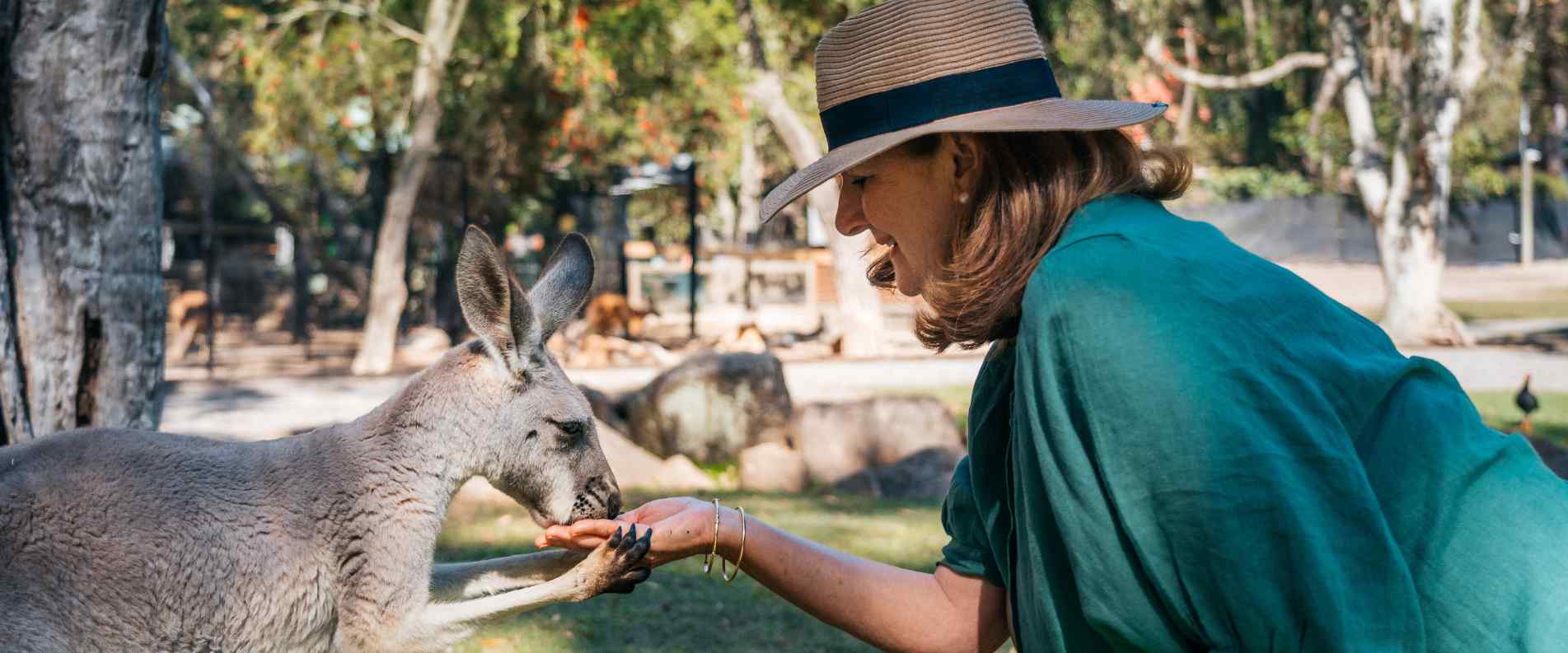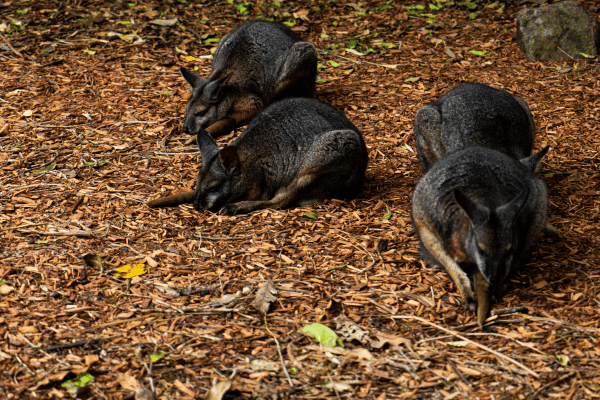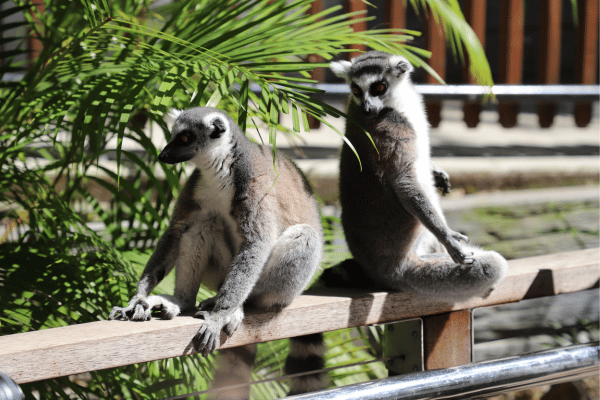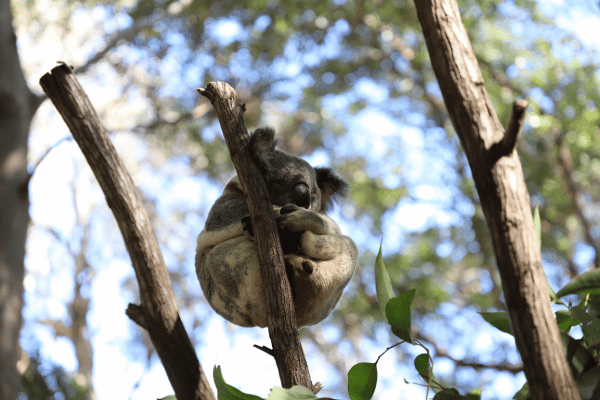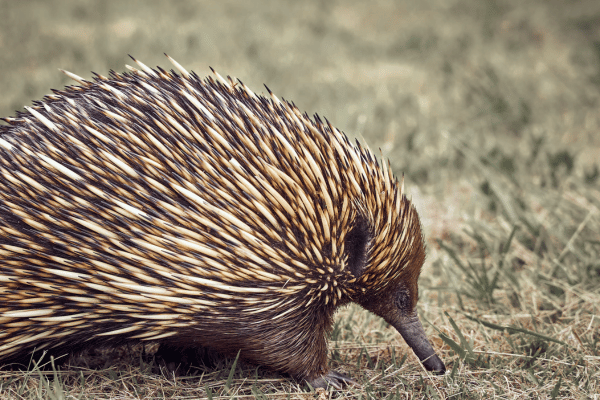Learn about how the sanctuary is protecting our Aussie animals through extensive research and projects.
The Currumbin Wildlife Sanctuary has a legacy of protecting wildlife through lifelong efforts, in order to allow future generations to see the Australian wildlife. The sanctuary has been working on its conservation plan since 2019 and plans to have it completed by 2025. Even though the plan was made in 2019, the sanctuary has been conserving native wildlife and educating guests for over 70 years!
The mission
The Currumbin Wildlife Sanctuary aims to continue to help save wildlife species by conducting further research, veterinary treatment, care, and breeding programs. The team at the sanctuary loves and is passionate about Australian wildlife and wants to protect the animals for generations.
Conservation project
Ever since the European settlement, animals have become endangered or extinct. That’s why there are avian, amphibian, mammal, exotic, and botanical conservation projects. The sanctuary is involved in 17 conservation projects with three different tiers.
Tier one contributes to education, captive breeding and care, assessing habitat, and more. Tiers two and three contribute to further education, fundraising and awareness, and caring for insurance populations.
Hospital goals
Currently, the Currumbin Wildlife Hospital provides treatment to over 11,000 animals every year. The veterinary team wants to expand the services for longer opening hours and to allow a vet nurse to work overnight. They also want to have specialised equipment to retrieve fishing hooks from the stomachs of seabirds and turtles. Additionally, they want to increase the capacity of the rehabilitation facilities.
Research
The best way to learn about how to protect wildlife is to gain enough understanding and knowledge through research. The sanctuary has a history of collaboration with Australian universities through research projects.
-
Koala research
The National Trust Currumbin Wildlife Sanctuary has helped in numerous projects to save koalas for over 20 years. Unfortunately, koalas in some states are still vulnerable. A lot of the research will be around understanding, preventing, and treating chlamydia and retrovirus in koalas.
The Currumbin Wildlife Hospital helps hundreds of koalas every year. One of the goals is to vaccinate koalas before they’re released into the wild.
-
Echidna research
Echidnas are one of the three mammals worldwide that lay eggs, proving it’s difficult to breed in captivity. For over 15 years the sanctuary has worked with the University of Queensland, and more recently teamed with Melbourne University to do more research on echidna reproduction.
One of the goals is to keep up with the breeding success. Then pass on information and knowledge to be shared with other zoological institutions to improve breeding.
Get involved and visit the sanctuary
There are many ways for you to get involved to help support the plan. You can donate, “adopt” an animal, volunteer at the sanctuary, and more.
Don’t forget to visit the Currumbin Wildlife Sanctuary, a half hour drive from the Gold Coast. There is a variety of wildlife to see with the chances to get involved with any encounters or experiences and to see the shows.

